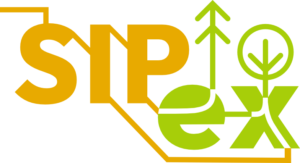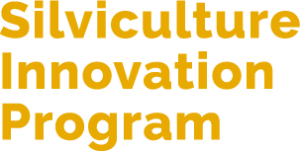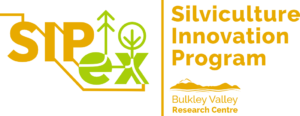Innovative Silviculture - Managing For and With Fire
Significance
We know negative impacts from wildfires are increasing - how can practitioners ensure they have the best knowledge available to help proactively reduce those impacts through local to landscape forest management?
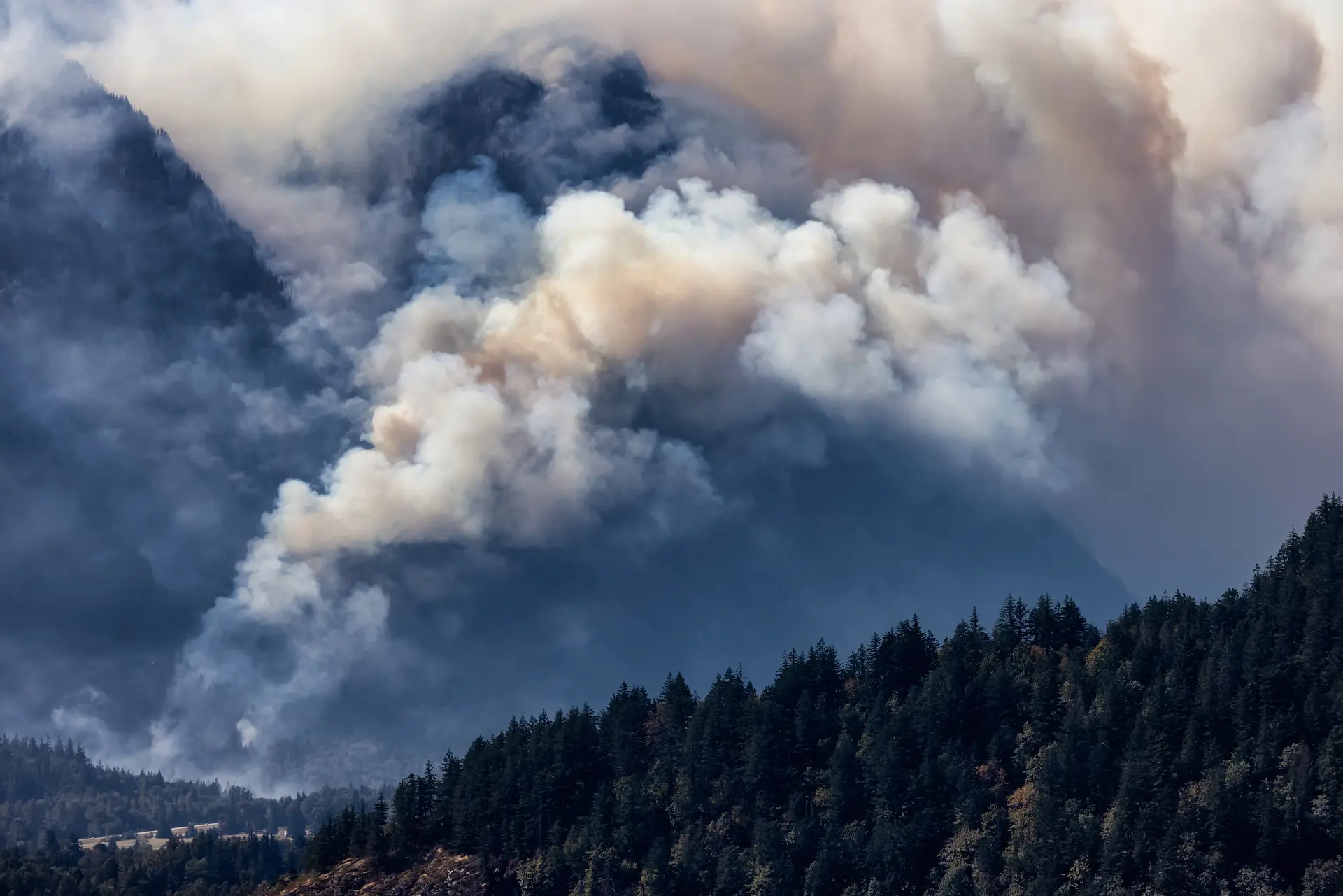
Impact to Practitioners
Practitioners can manage for and with fire through planning, prescription development, and forestry operations, but their efforts must be appropriately tailored. Unique ecosystems, values, and objectives for fire must be considered and balanced with other forest-based values. There is existing relevant and place-based knowledge and experience that can help guide decision-making about fire, but it is not always accessible. In other cases, the knowledge and experience is not yet available. This synthesis helps collate existing knowledge and point towards knowledge gaps so practitioners can be as equipped as possible to make evidence-based decisions.
At a Glance
Fire and forestry is a unique and complex challenge. Fire has long been and will continue to be a fundamental natural and cultural process in forested ecosystems. At the same time, wildfire has become an issue of increasing concern given its widespread and growing impacts on forests and communities across BC. Navigating this complex challenge requires efforts by forestry and fire-focused government agencies, organizations, communities, practitioners, and researchers. An emerging focus for these groups is on enhancing the resilience of forests and communities to wildfire through innovative silviculture practices, values and approaches. Doing so requires understanding and implementing local- to landscape-scale techniques with specific attention on two interrelated objectives: (1) reduce wildfire risk and (2) restore culturally and ecologically appropriate fire. Innovative silviculture that works towards these two objectives has been a part of place-based and ecosystem-specific forestry practices for millennia, especially through proactive management. However, there continues to be a need to develop and implement innovations that keep pace with dynamic realities of the wildfire challenge, and practitioners must be equipped with the most relevant knowledge for doing so.
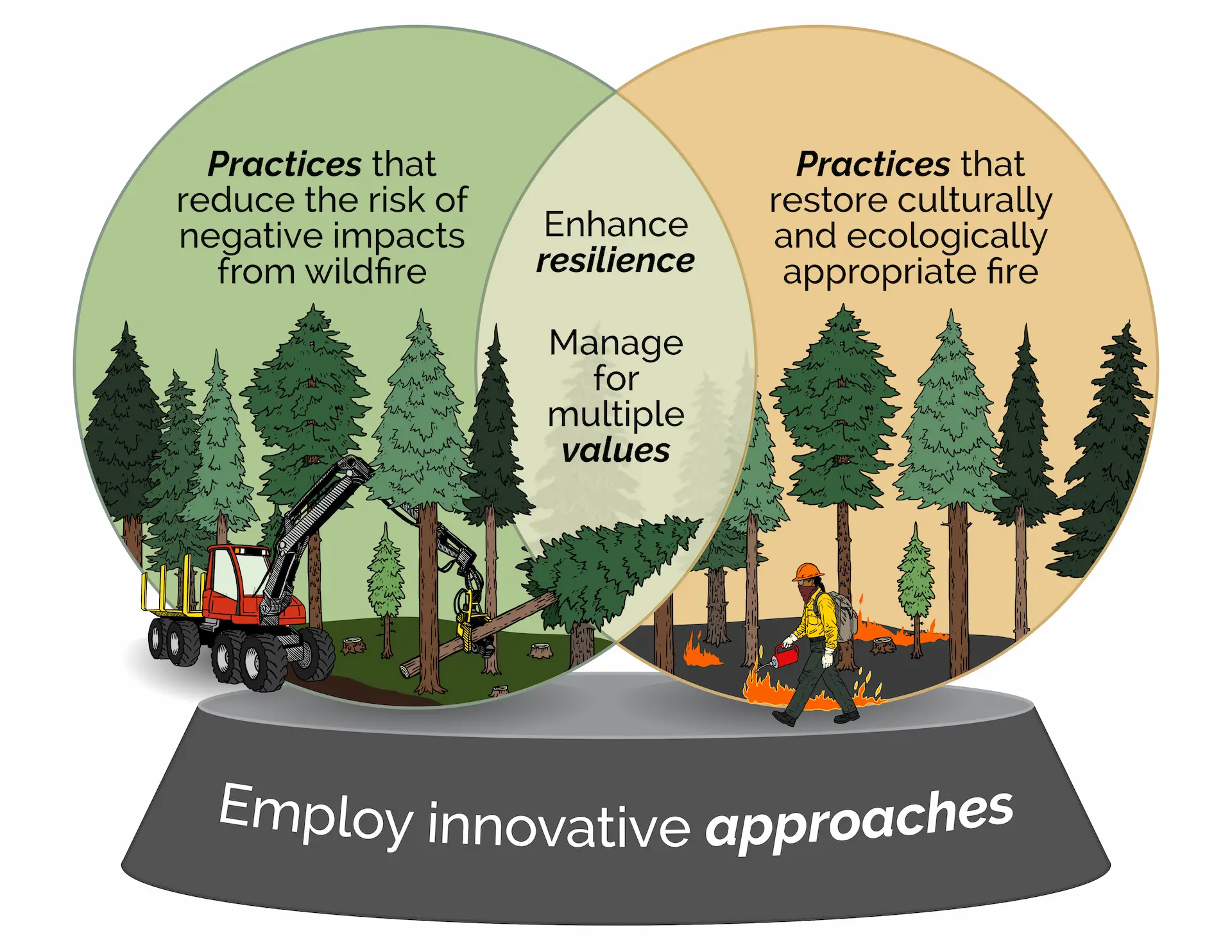
Deepen Your Knowledge
Oral histories, place-based knowledge, academic research, and ongoing practice all contribute to a wide body of knowledge about fire and its relationship to forests and silviculture, though this knowledge is variable across contexts. For example, there is a strong understanding of fundamental fire behaviour and fire ecology in BC’s forested ecosystems, though this knowledge is more well-developed in dry and boreal forests. Similarly, proactive management to reduce wildfire risk (such as fuel treatments) and restore fire is better understood in dry forests than in other ecosystems. There is good research and place-based observation that points to the current and projected impacts of climate change on forests and fire, with anticipated increases in individual fire size, average annual area burned, and a reduction in older, intact forest landscapes as a result. More broadly, borrowing from knowledge outside BC that has been tailored for BC’s ecosystems, we have good frameworks in place for thinking about and applying landscape resilience principles with fire in mind, such as promoting diversity and heterogeneity, creating redundancy, and embracing uncertainty through adaptive management. At local scales, practitioners, families, and communities have developed long-term practices related to risk reduction and restoration of fire, though this knowledge is not always easily accessible or willingly shared outside of the context in which it was developed because of concerns with how that information may be used.
Operationalizing resilience principles continues to be a prominent knowledge gap, although ongoing innovative practices are testing these principles. A primary challenge to fully understand the impact of innovative practices is a lack of longer-term research and/or monitoring. For example, understanding wildfire risk at different stages of stand development or along different stand development pathways is needed to help decide appropriate interventions. Likewise, knowing how different risk reduction practices or the reintroduction of fire will actually achieve desired objectives (especially over longer time scales) is unclear - “will my treatment work?” is a common question. Furthermore, understanding the trade-offs between wildfire risk reduction and other values is an identified need given that wildfire is only one of many values being managed for. There is an interest for more information on the relationship between risk reduction or reintroducing fire with deciduous trees and understory plants, as these have not been priorities with conventional silvicultural practices. More broadly, there is a desire for better monitoring and modelling tools to help with trade-off decisions, as well as better pathways to connect observation, research and practice. Finally, there is a need to understand the different approaches necessary to ensure practitioners are equipped with the best information and collaborative processes to undertake innovative practices.
This section is under construction while we prepare data visualizations in support of practitioners “deepening knowledge” on the overlap between fire and innovative silviculture across British Columbia.
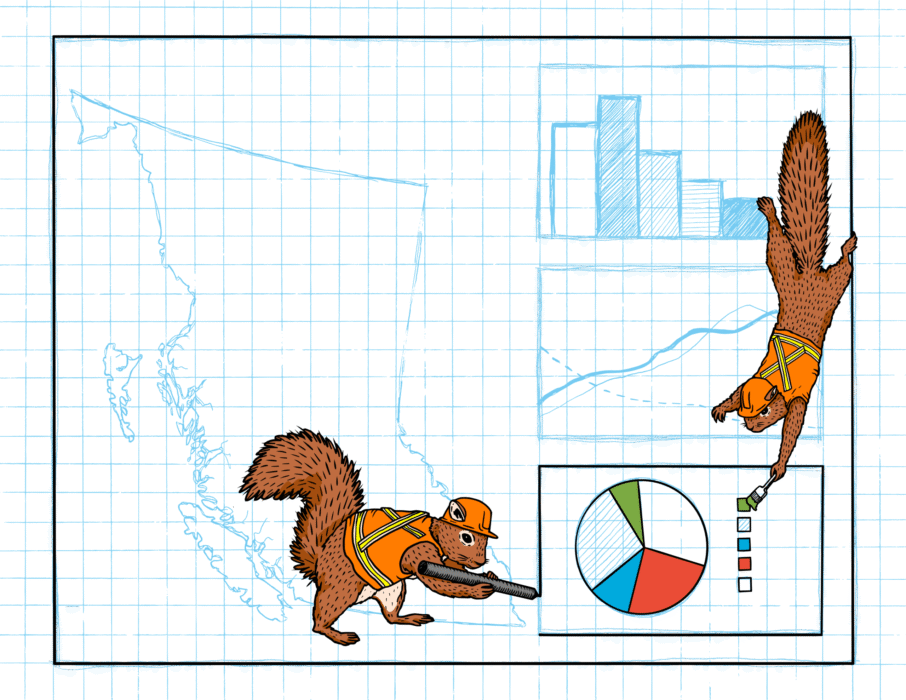
The following resources examine how cultural practices, particularly Indigenous fire stewardship and cultural burning, help to mitigate wildfire risk by reducing fuel loads and promoting ecosystem resilience. Historically, Indigenous peoples routinely used fire as a resource management tool through the deliberate application of fire to the landscape. Such practices decrease the return interval for wildfire activity, support manageable suppression efforts when values are at risk, and assist in the management of complex resources. Furthermore, the integration of Traditional Ecological Knowledge (TEK) in adaptive co-management can create ecosystems that are more resilient to stressors such as climate change and invasive plants, while reinstating historical and traditional land-use processes to restore ecosystems.
The following resources explore how to reduce wildfire risk and severity through the use of prescribed fire, particularly when integrated with mechanical thinning. The documents explore how prescribed burning is essential for reducing hazardous surface fuel loads, which directly minimizes crown scorching and overall tree mortality, and explores techniques like raking duff away from tree bases or conducting burns under moist duff conditions to protect valuable older trees. Ultimately, the following documents emphasize how applying prescribed fire helps transition forests towards more historically resilient conditions, fostering long-term forest health and reducing the likelihood of future severe reburns.
The following resources explore how to reduce wildfire risk by applying forest management practices (silviculture and fuel management) that modify forest structure and fuel loads. Mechanical treatments, particularly those utilizing whole-tree harvest systems, are emphasized as effective at reducing potential fire severity as they prevent the accumulation of new surface fuels. Thinning from below is also a preferred approach, as it reduces overall stand density, removes ladder fuels, and increases the canopy base height, making it harder for surface fires to transition into destructive crown fires. Pruning lower branches is discussed as it further elevates the canopy base height, enhancing fire resistance. The resources emphasize that thinning operations are always accompanied by effective surface fuel reduction (e.g., removing slash for bio-energy, piling and burning, or chipping and spreading) because mechanical treatments alone, especially those leaving fuels, can otherwise increase surface fuel loads and subsequent fire severity. Successful and widespread implementation however, is challenged by the economic and operational difficulty of meeting stringent fuel load targets, the need for public acceptance and careful community engagement, and the imperative for feasible long-term maintenance.
Wildfire risk is one of many values that forest managers must consider, but questions about trade-offs between different values are difficult to answer. Ideally, reducing wildfire risk also helps to restore habitat, enhance biodiversity, create healthier watersheds, and make forests more resilient to climate change and other disturbances, but this may not always be the case. What are the interactions between wildfire risk reduction (e.g., fuel treatments) or prescribed or Indigenous-led cultural burning and other values? How might a wildfire impact values or interact with other disturbances?
Extreme wildfire events are related to a century of altered human-forest-wildfire relationships exacerbated by climate change. Transformative change is needed and will require a shift from suppression-focused management to coexisting with wildfire. Strategies to achieve this include diversifying proactive wildfire management to incorporate prescribed and cultural burning, increasing suppression capacity, mitigating risks in communities, implementing landscape fire management, transforming wildfire governance to empower local and Indigenous communities, and strengthening expertise through diverse training and research.
These resources describe the different approaches to collaborating with people from diverse communities, disciplines, and knowledge systems. They describe the importance of community and public trust in forest practitioners helping to prioritize risk reduction while also managing for other forest-based values. This underscores the necessity of building and maintaining strong relationships as well as developing the competencies to do so.
See a selection of opportunities to build individual capacities and professional development related to managing with and for fire.
